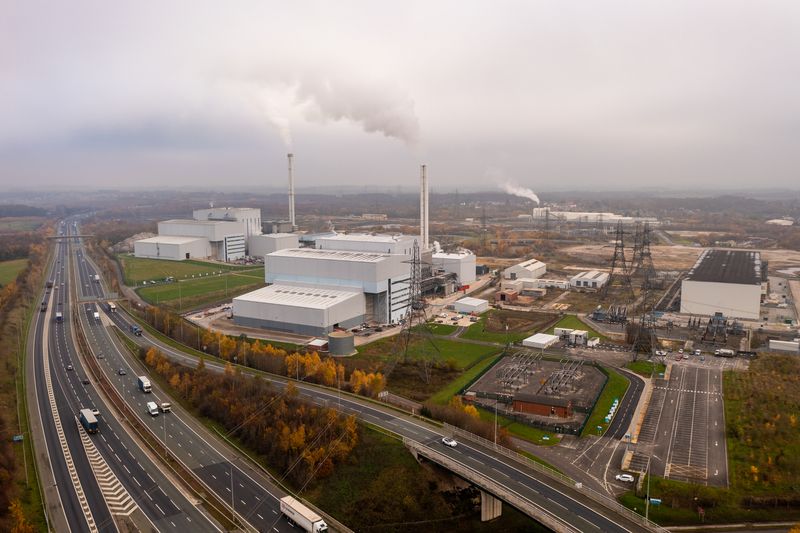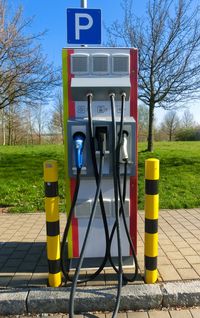Not so long ago a discussion about the prospects for the combined-cycle gas turbine market was akin to a tumbleweed moment, silence across the plains. But now there is talk across the world about the need to throw some CCGTs up sharpish to stave off a looming energy crunch. There is no contradiction with building new CCGTs and rolling out renewables; after all, it beats keeping old coal-fired plants alive, as we now see in some jurisdictions. But someone will have to build them and fund them.
Power demands are apparently surging at a time when old plant is, well, getting old and new generation is taking time to kick in. The quickest answer to solve the problem is to throw up some CCGTs – they are relatively quick to plan and approve and quick to build. In addition, they provide flexible power at the flick of a switch when clients need it. What is more, with the global price of gas now coming down after the initial Russia/Ukraine shock, they are becoming a lot more economical. The old adage that gas always finds a home remains true.
An interesting article in the New York Times laid out the issue. "I can't recall the last time I was so alarmed about the country's energy trajectory," solar developer Tyler H Norris was quoted as saying. On the one hand utilities are saying they need to build CCGTs quickly and on the other, if the wave of new gas-fired plants gets approved by state regulators, "it is game over for the Biden administration's 2035 decarbonisation goal".
Maybe, but I prefer the quote from Aaron Mitchell, planning vice-president at Georgia Power. "We need to meet our customers' needs at all times, even when renewable resources might not be providing energy ... it's going to take a diversified fleet." The article makes clear power demand is pressing from the new tech industries, data centres, working from home demand, electric cars and even from new battery and solar factories.
Ironically, it is free-wheeling Texas that has the best renewables build-out record in the US and where it has kept pace with a 29% increase in power usage over the last decade. Elsewhere, build-out has been stuck in red tape and supply chain issues. PJM is looking to retire 40GW and even after the gas boom a few years ago, it is struggling to keep pace.
In the UK, the situation is no better. In an announcement that was unexpected, to say the least, last month the Department for Energy Security & Net Zero (DESNZ) said new gas-fired power projects will be needed to stop blackouts. DESNZ did not specific how much new capacity would be needed but it said 15GW of combined-cycle gas turbine capacity could retire by 2035.
The National Grid Electricity System Operator estimated 25GW–27GW of unabated gas could be required to keep the lights on by 2035 and the National Infrastructure Commission said 22GW–28GW could be required. Normally, one would expect such announcements to be caveated with reference to carbon capture or hydrogen fuelling but no. Gas IPPs are the only mature technology capable of providing sustained flexible capacity while low-carbon duration alternatives scale up, DESNZ said.
In Germany, the tender for 10GW of new CCGTs is being couched in a greener way – with the suggestion that the four 2.5GW schemes will need to be hydrogen fuel-ready. A switchover date from gas to hydrogen will be decided in 2032. The government will compensate for the difference in costs between natural gas including CO2 costs and hydrogen if and when the plants switch to hydrogen. Germany, of course, has many lessons to show the world in energy transitions. Banning nuclear plant after the Fukushima disaster in Japan in 2011 did not go well. even with the energy industry being given a decade to manage the transition. Time for coal power, even with the Greens in government.
This week, PFI has reported on financings for new CCGTs being built in Italy and Poland. In the Gulf there are big plans for new CCGTs – Qatar is tendering out its 2,6GW Facility E, Kuwait is tendering its 4.5GW Az Zour North and Al-Khairan schemes, while Saudi Arabia is said to be looking to procure 7.2GW of CCGTs per annum in the next few years.
It is interesting then that while there are said to be plenty of bidders for the latest solar tender in Saudi, there are much fewer for the CCGTs. Solar tenders in the region are extremely competitive but this has not put off prospective bidders. However, only three bidders applied for the four CCGTs bid in the kingdom last year and now there could be just two or three in this year's tender. The same is true in Qatar, where there is just one bidder. And it remains to be seen how many bidders there will be in Kuwait.
The turbine manufacturers have reduced CCGT costs. It is now up to developers and project financiers to fund the transition as we move to a cleaner but sustainable energy world.













